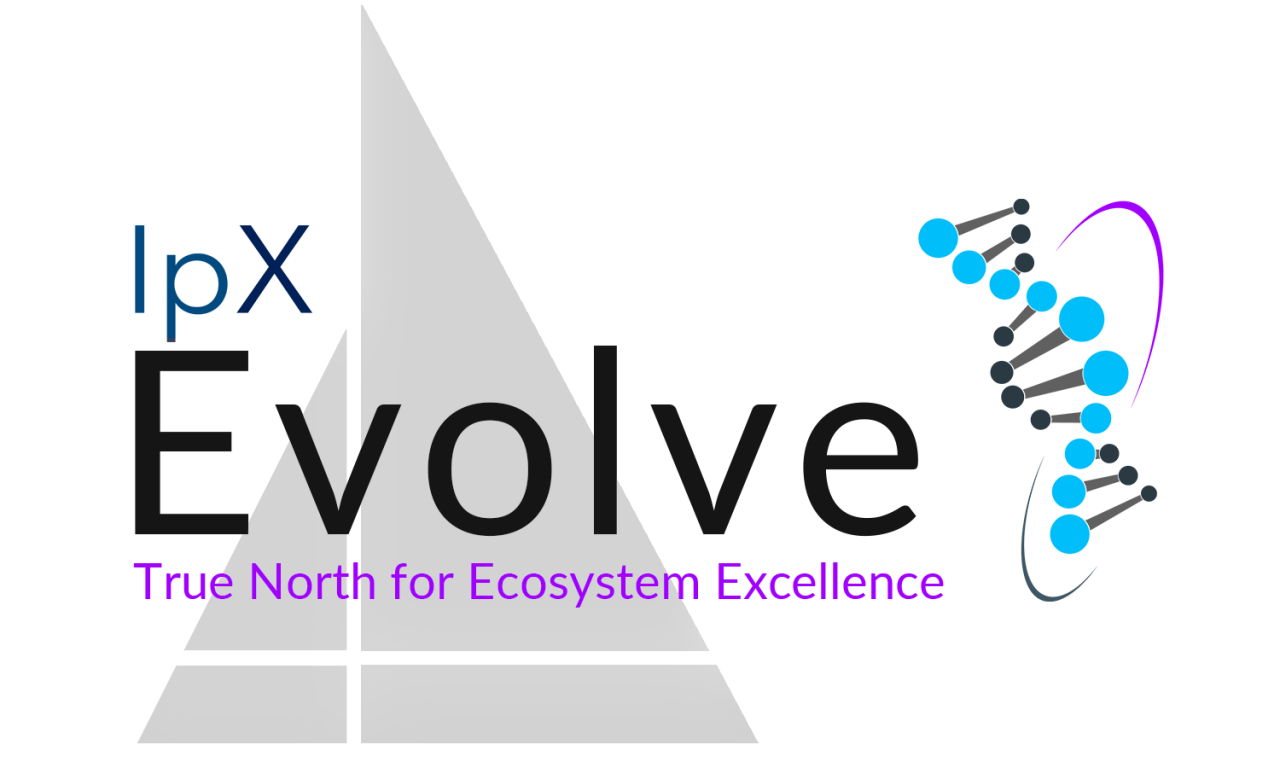The Significance of Balanced Metrics
09/22/2023
Michael Benning, IpX Executive Director True North Calibration

We like to keep score - it's how we determine who's winning. Without it, we couldn't be sure the New York Jets will continue to struggle, even with Aaron Rodgers. With the surge of analytics in sports, we now have new, mystifying, yet statistically meaningful ways to gauge performance. MLB.com now tracks Pythagorean winning percentage, skill-interactive earned run average, and ultimate zone rating.
In business settings, keeping score offers more than just a means to define success and measure performance. Effective metrics bring clarity to organizational goals, priorities, and provide opportunities to communicate expectations while reinforcing clear roles and responsibilities. Good metrics highlight and define improvement opportunities, enabling data-driven decision-making. Ultimately, metrics should drive action, much like a trade for Aaron Rodgers.
Much like the Pythagorean winning percentage, finding the right metrics for corporate teams and organizations can be challenging. Too often, team metrics become stagnant, disconnected from daily activities and priorities. Reviewing them with the team or organization becomes an unwelcome, perfunctory task. However, there's an opportunity to do better by:
- Creating Clarity and Alignment
- Identifying Priorities
- Driving Action
Think balance. A balanced approach to keeping score means measuring the performance of the foundational elements that underpin success and setbacks.
- Results. Results certainly matter, and they must have a prominent place in a team's or organization's suite of metrics. Results-oriented metrics reflect the mission of the team - what they are accountable for delivering to the larger enterprise and/or stakeholders. Examples may include production, revenue, cost numbers, environmental and safety performance, quality, inventory, or uptime. While metrics like these clearly reflect the health of the business, many in the organization find it challenging to identify existing gaps and opportunities and determine the necessary actions for improvement.
- Operational/Process Metrics. Results-oriented metrics become more meaningful when balanced with process or operational performance measures. While results-oriented metrics are often "lagging" indicators, operational and process metrics should ideally serve as "leading" indicators of results performance. The link from improved process performance to enhanced results should be intuitive to team members. For instance, improved compliance with maintenance schedules (a process measure) should translate to improved uptime (a results measure). Each of the team's core processes should be represented, reflecting their day-to-day activities and priorities. Gaps and opportunities identified during regular team reviews of process metrics should drive action.
- People & Systems. Processes are executed by people using systems. People-oriented measures describe the status and health of the key strategic skills and capabilities required to execute core processes, reflecting the team's resource and staff development goals. Similarly, systems measures reflect key functionality gaps and opportunities that need addressing to execute core processes efficiently and effectively. Just as processes link to results, people and systems measures link to processes.
Incorporating a balanced approach to identifying team metrics is about taking a holistic approach that addresses people, processes, and systems - the very factors that drive results.
Suggested Links
Balanced Scorecard Basics - Balanced Scorecard Institute
AUTHOR
Michael Benning, Executive Director of True North Calibration, brings over 25 years of experience in various project and operations management roles in the oil and gas and manufacturing sectors. Prior to joining IpX, Michael was the Director of Program Management and was tasked with establishing a Change & Configuration Management competence based on CM2 principles at a tier-1 automotive manufacturer. This global competency included 2 Change Leaders, 1 Change Implementation Leader, 2 Audit Release Analysts, a Director of Change Management, and had direct oversight to the CAD services team. In addition to rationalizing existing product portfolios, and integrating CM2 principles with legacy engineering and operations processes, the team implemented a configurator platform.
Connect on LinkedIn
ALWAYS EVOLVE WITH IPX
IpX believes organizational sustainability, scalability and transformation are born from the continual evolution of people, processes, systems and data. Through our leading workforce development platform known as the IDEA Academy, our CM2 standard and certification courses, True North professional services, and digital solution advisement, we enable your organization to always evolve based on a functional blueprint for the ecosystem of tomorrow. Drive innovation, create a better customer experience, and enable your workforce as an organization built for change, speed, quality and resiliency.
www.ipxhq.com

